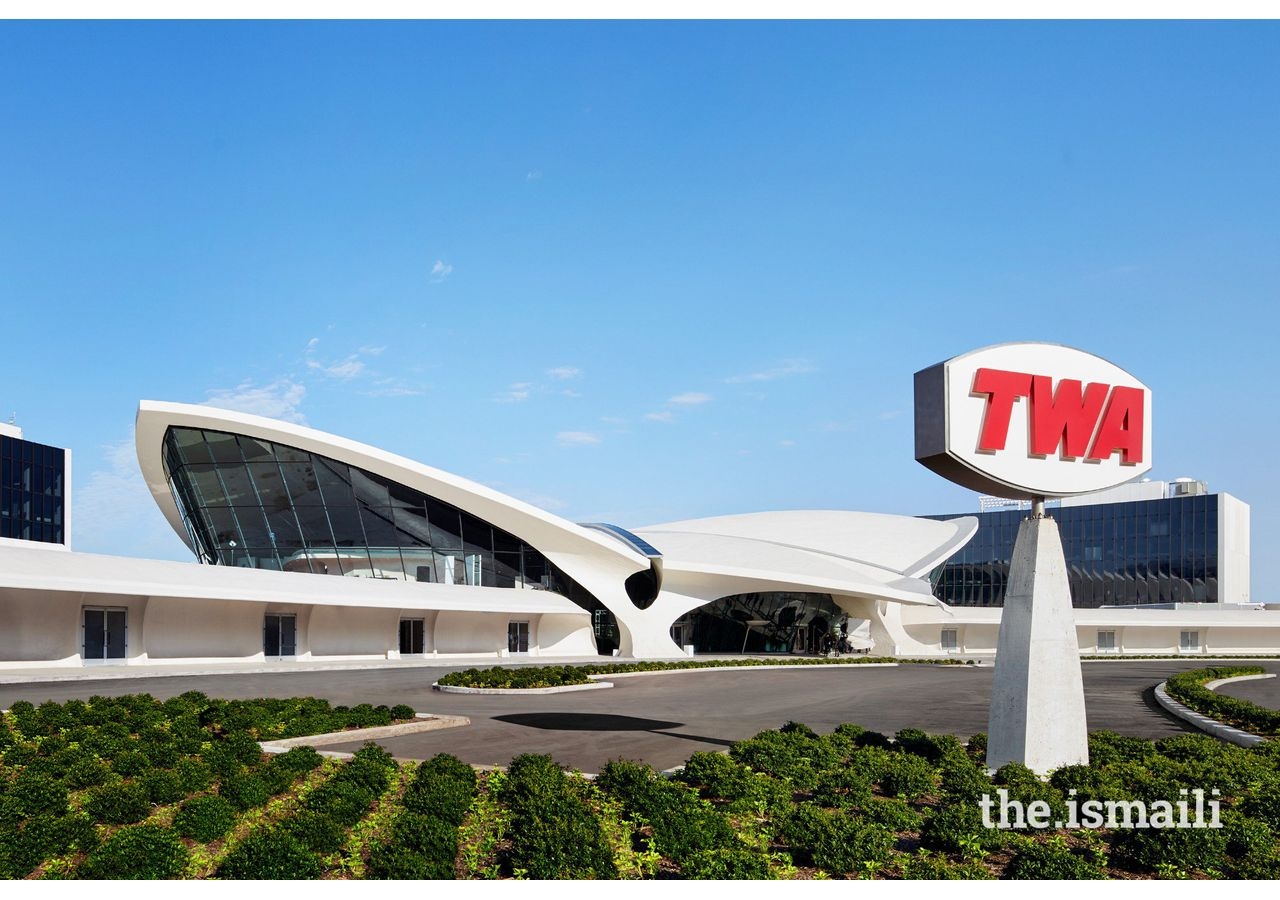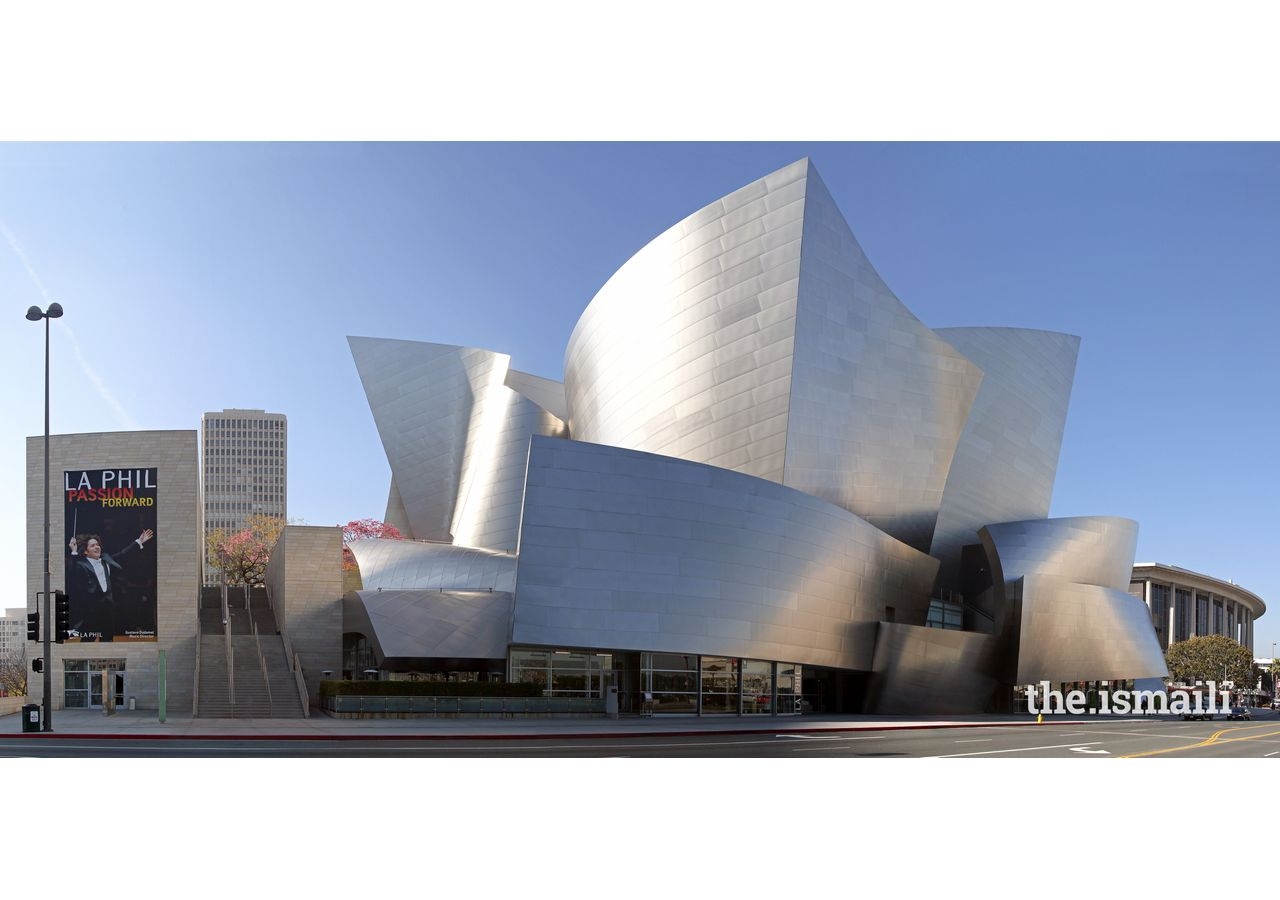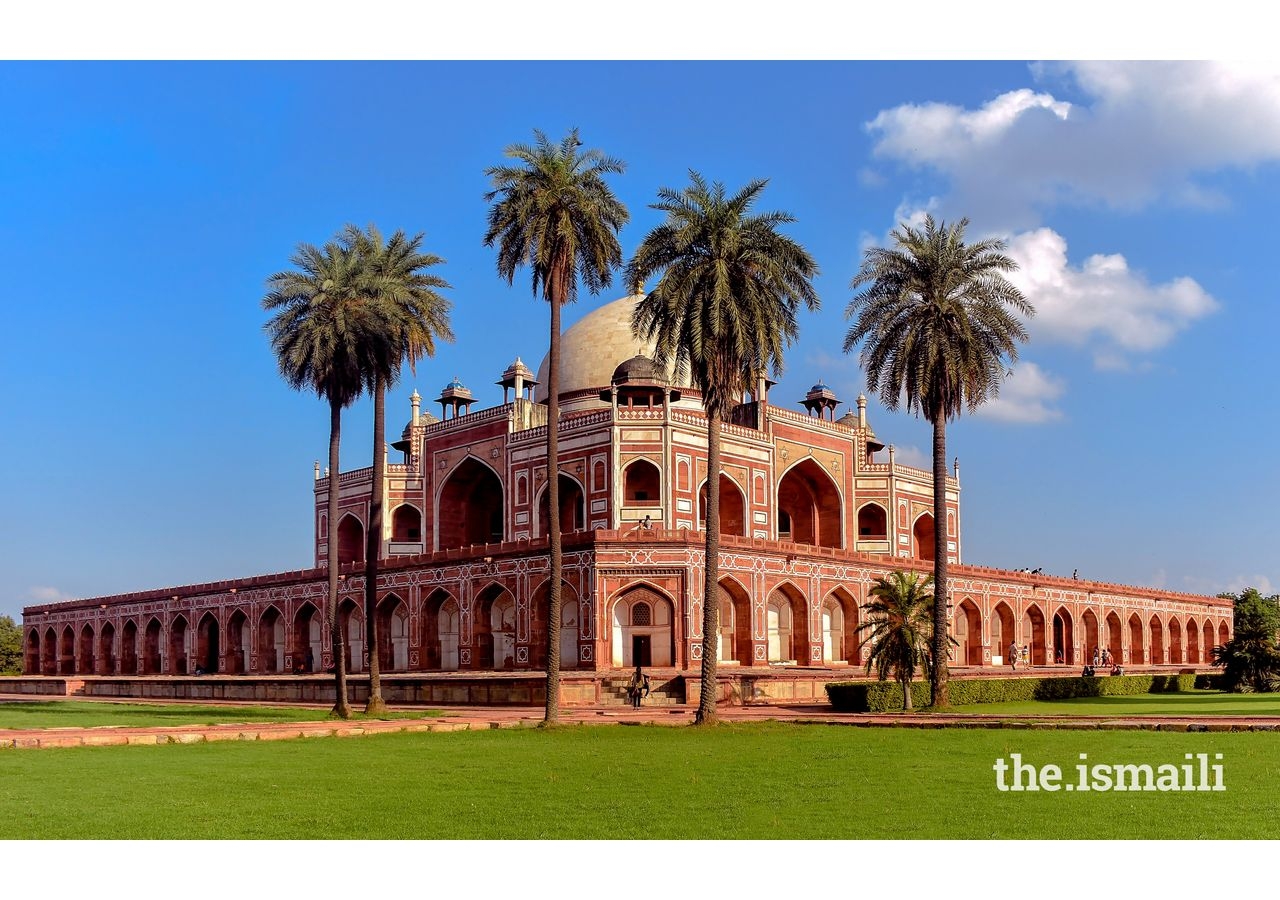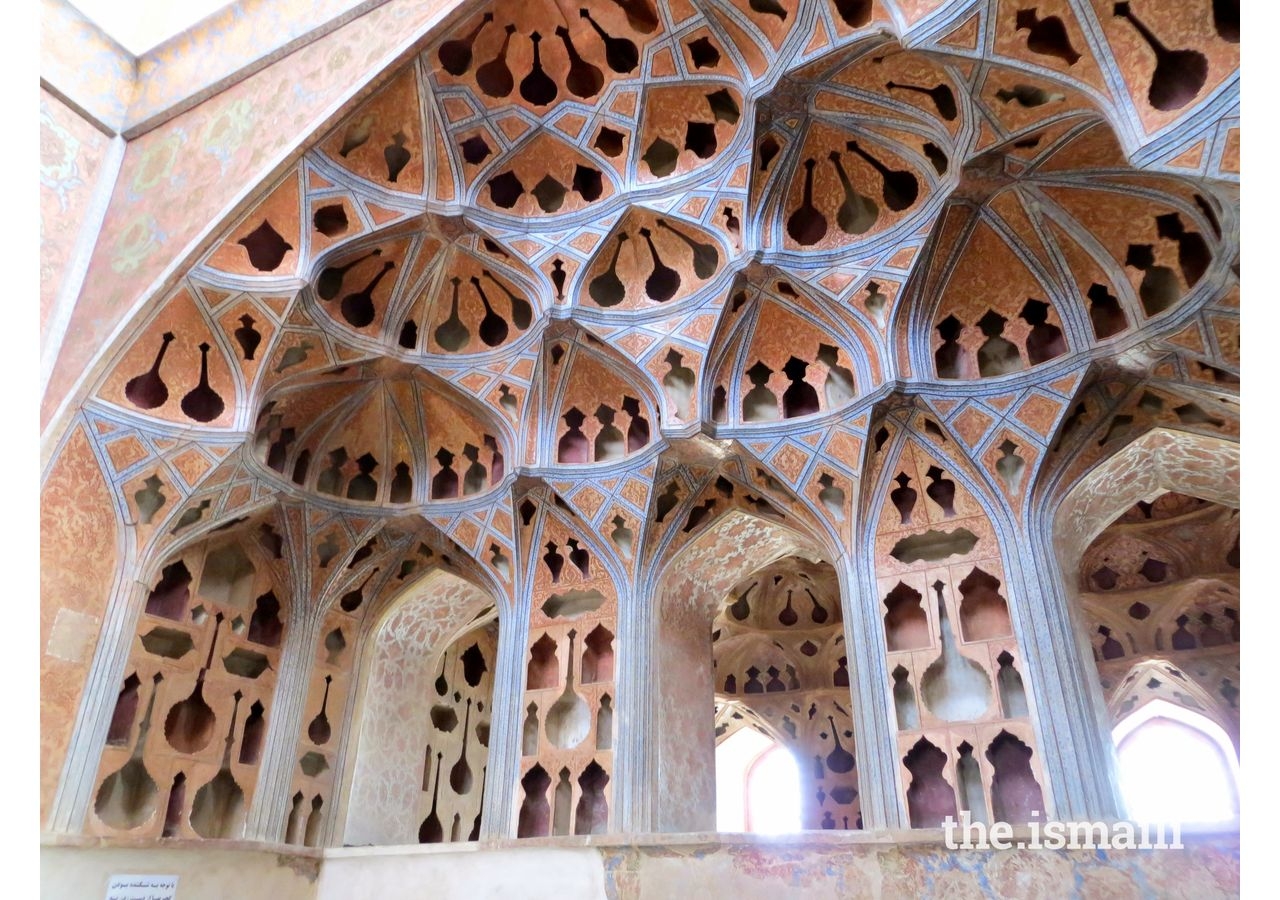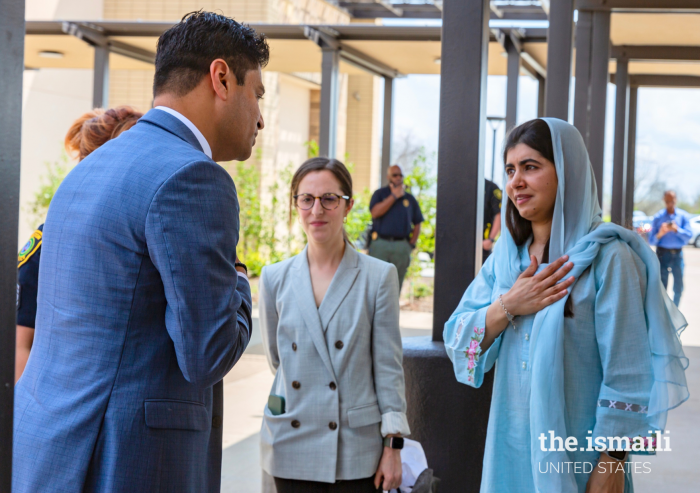"Architecture begins to matter, when it brings delight and sadness and perplexity and awe, along with a roof over our heads.” Paul Goldberger, architectural critic, journalist, educator.
In society today, building projects are often seen in terms of cost and return on investment. The implication of this narrow view of architecture can have lasting consequences on the quality of our lives.
Architecture generally results in functional and practical designs found in commercial and residential complexes all over the world. But great architecture is a symphony of art and science, and such orchestration requires a balance between form and function. "Architecture is not just to fulfill Man's need for shelter but also to fulfill Man's belief in the nobility of his existence on earth," wrote Eero Saarinen, architect of the iconic TWA Flight Center at JFK International Airport in New York. This echoes the words of the Roman architect Vitruvius who commented that buildings should be solid, useful, and beautiful.
What is architecture?
A simplistic definition may be that architecture is the process of enclosing space for a particular function; that it connects humanity to its physical environment, and organizes empty space according to the requirements of a particular culture or individual. Most people in the world spend at least half their lives inside a building, whether it be a home or an office, and the environment affects one's senses and emotions. It may be purely functional or also have an aesthetic sensibility. However, architecture is also a medium of communication about what is significant to a society, and is reflective of its identity. Thus, it represents its collective history and memory, portraying its contemporary values within that framework.
Aesthetically satisfying architecture has been an Islamic tradition, but one often relegated to mosque design and associated arts. Traditionally, the mosque has also assumed a symbolic role as a Muslim community's expression of, and identification with, its faith. More recently, there has been a broadening of the definition of architecture and its significance; how it serves as a metaphor for society, a prism through which the several constituent elements that comprise a culture can be viewed with greater clarity; how a society expresses its world view; how it wishes to project its character to others and how, ultimately, it views itself. Thus, architecture is an exploration of the relationship between faith, culture, and identity, illustrating the complexity and diversity of expression in Muslim cultures and how they approach issues of modernity.
The late Professor Mohammed Arkoun has said that architecture is a "totalizing activity," in that it encompasses issues of art, culture, history, urbanism, tradition, modernity, and how all of these elements come to be expressed in physical form. He perceived a more influential role for architecture, one of a mediating influence on society, stating, "Let's look at how to modernize Muslim societies through architecture, not through politics.” Intellectual freedom is more evident in discussions about activities related to architecture when used as a metaphor for issues confronting society, rather than focusing on religion or politics, which can be polarizing and divisive.
Architecture has been used also as a means to represent or legitimate power, from the Egyptian pyramids, the Roman Coliseum and to the Vatican itself, which symbolized the power of the Catholic Church. The French modernist architect, Le Corbusier, illustrated a political change of order in designing the new capital of Chandigarh, Punjab, following Partition. Nehru had asked him the city be “symbolic of the freedom of India, unfettered by the traditions of the past,” to be an expression of its independence, as well as to refute the colonialist neo-classical style of government buildings in New Delhi.
Memory or Modernity
The debate between tradition and modernity had been a source of tension amongst architects and critics for many decades, no less so in the Muslim world. As Gulzar Haider has expressed so eloquently, “Architecture dwells in time but happens at the twilight between past and present, and present and future. The architect is enchanted by the markings of time that have gone by.”
But is that necessarily true? Every architectural design results from a choice --- to emulate and reflect the past, in continuing the accepted collective identity of a culture; reformulating the past in a contemporary vision of the society but retaining its essential architectural heritage; navigating a safer course with one eye on history and one on the future, generally leading to a combination of modern (often western) technology, materials and styles, whilst retaining certain cultural symbols of the past; or to deliberately create a disjunction, to resist or reject the past in an attempt to embrace a future vision for a society. I. M. Pei's glass pyramid adjacent to the classic Renaissance Louvre is an example of such disjunction that met with much opprobrium --- and perhaps justifiably so. It is this journey, of choosing the direction between past, present, and future, of retaining a tradition or discarding it, of expressing continuity or advocating change, that confronts the architect.
“Architecture should speak of its time and place, but yearn for timelessness,” says world-renowned architect Frank Gehry, whose designs, such as the Disney Music Hall in Los Angeles or the Guggenheim Museum in Bilbao, while heralded and labeled as contemporary masterpieces, are considered by some as too futuristic, with little reflection of the past or its environs.
In contrast, famed Egyptian architect Hassan Fathy expressed traditional Arab architecture in a modern vocabulary, saying that ‘If you want to design for the people, you have to go and understand their way of life." Reference to local traditions, materials, climate, and culture, were paramount for him, especially in his native Egypt, and he said, “Tradition is not necessarily old fashioned, and it is not synonymous with stagnation."
In the second part of this article, we explore how the Aga Khan Award for Architecture has created a positive impact in the contemporary architectural community in the Muslim world and further afield.

